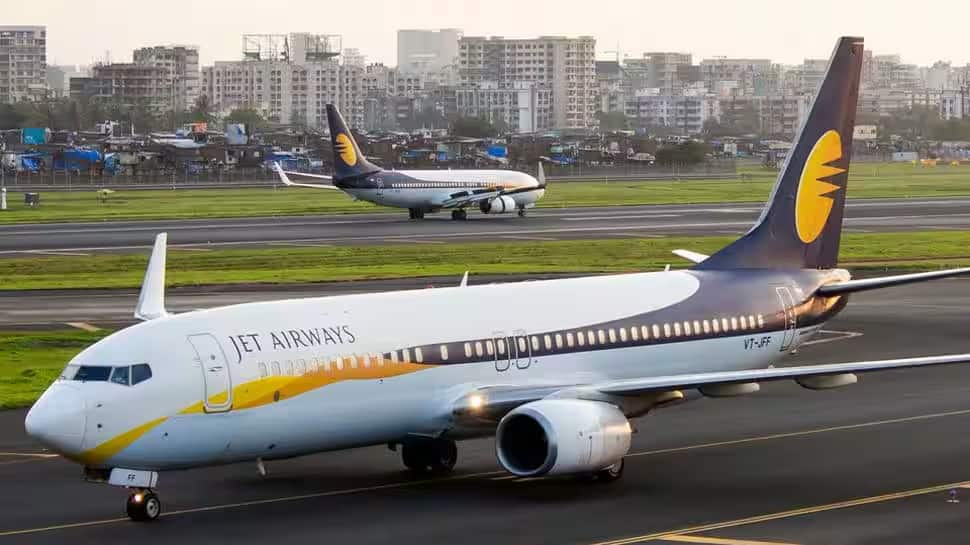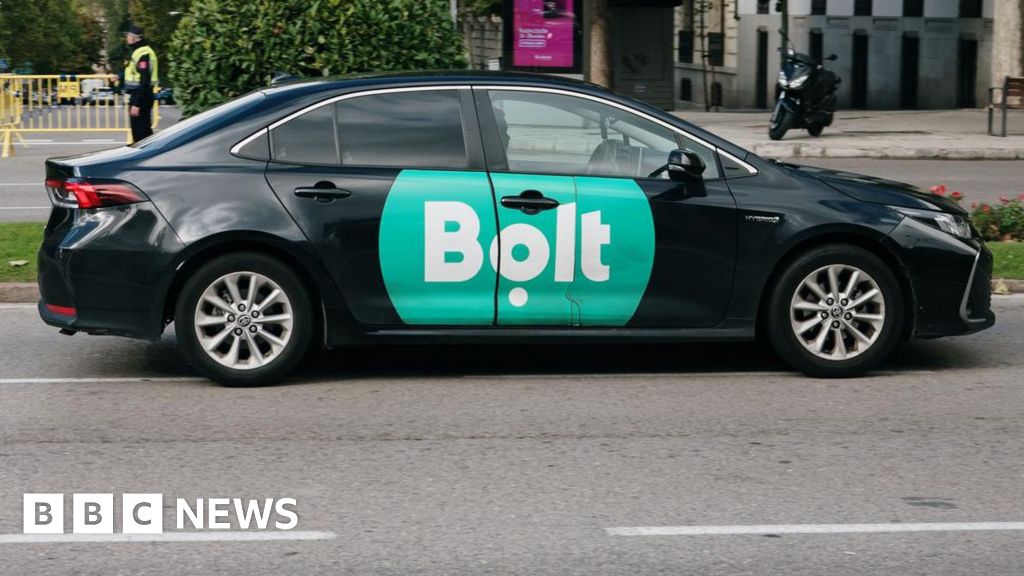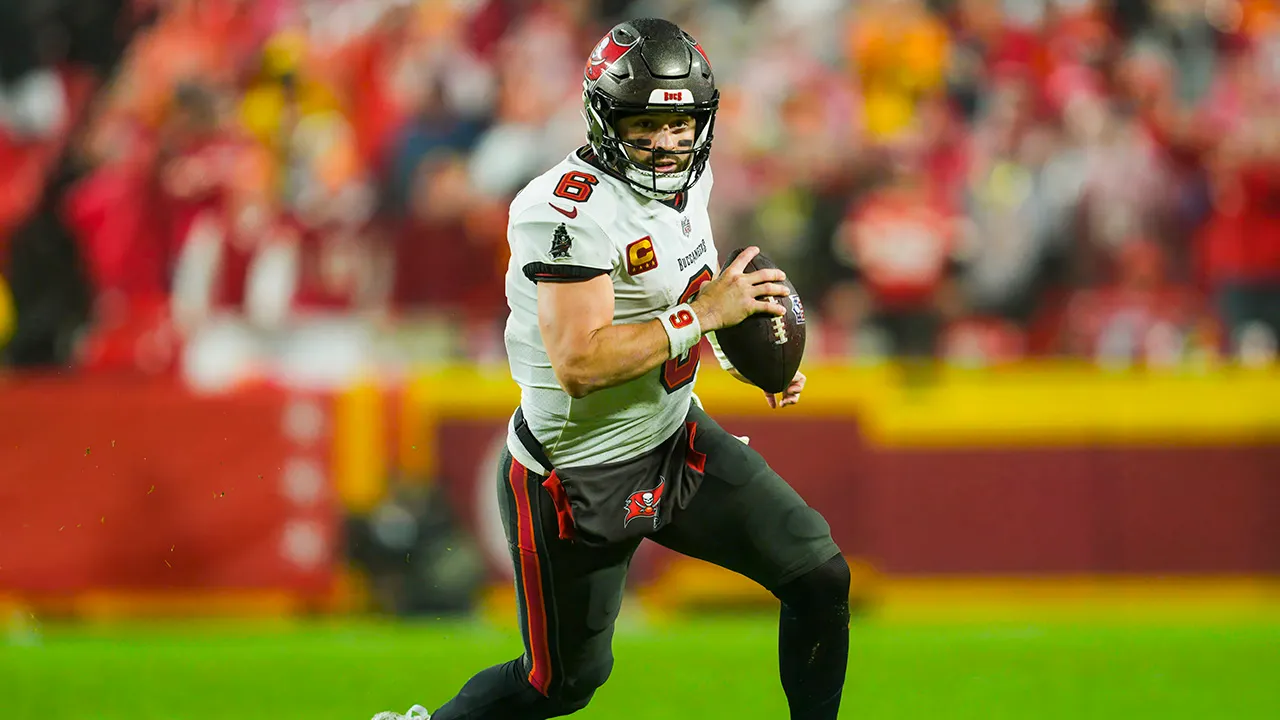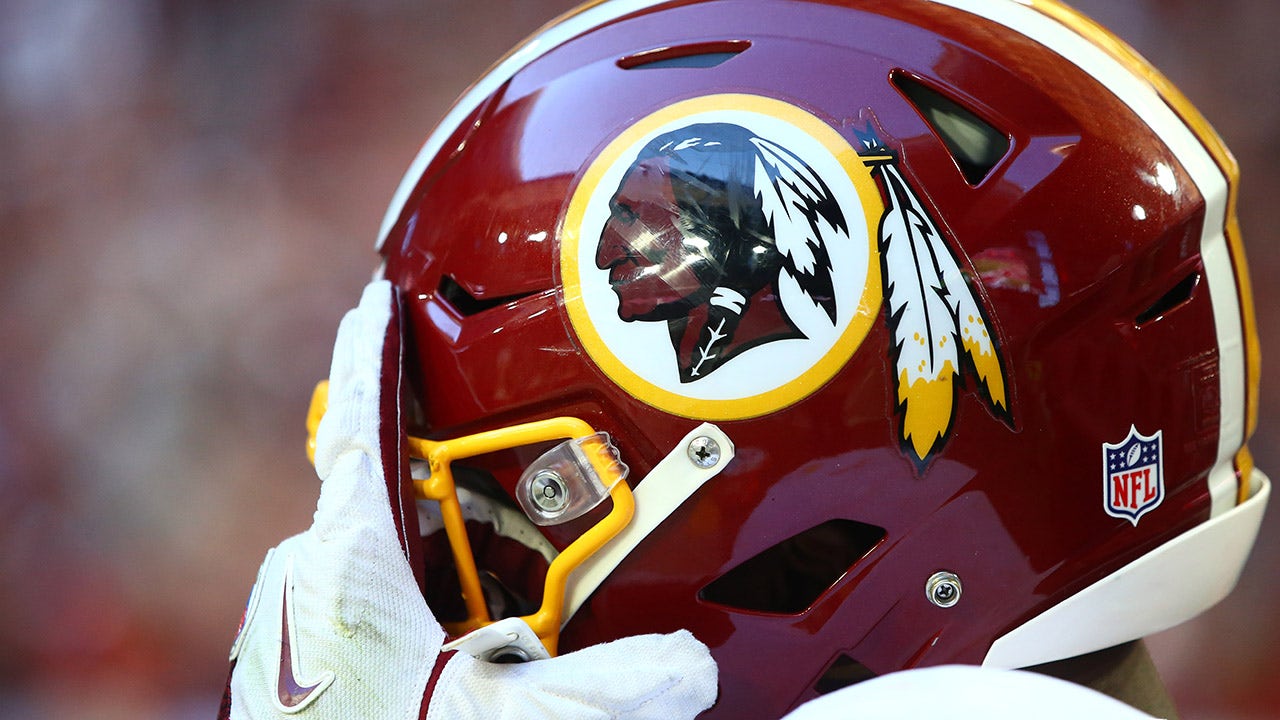Fain and 40 colleagues arrived at Ford headquarters at 5:30 p.m. When Ford executives said they weren’t prepared with a whole new offer, Fain stood up and said “This just cost you Kentucky Truck Plant.”
After the Ford executives left the room, a UAW camera crew materialized to shoot footage of Fain — still sitting inside Ford headquarters — making a phone call to shut down the company’s biggest factory. A video quickly uploaded to UAW social media included that clip and one of Fain blasting the company from Ford’s front lawn. “They made it happen, this is on them, they have to own it,” he said. Meanwhile, Ford executives learned about the film shoot only after it was underway, via a call from corporate security.
Fain’s brazen, theatrical and digitally savvy strike against Detroit’s Big Three automakers — Ford, General Motors and Stellantis — yielded one of the most worker-friendly contracts any union has negotiated in decades, with compensation gains that are already forcing other parts of the auto industry to raise wages. Fain combined potent symbolism — tossing auto offers in the trash and wearing an Eat the Rich T-shirt — with an unwavering call for workers to stand up and fight the “corporate greed” and “billionaire class” that he said was leaving them behind.
The tough-minded approach has earned Fain celebrity status in left wing circles looking to energize the labor movement — even as it introduces an icy new era of relations with Detroit’s biggest automakers, which argue that Fain has unnecessarily cast them as the enemy.
“He’s the most famous labor leader in America, he’s leading this revitalized labor movement … and he’s got the President of the United States asking to walk a picket line with him,” said Marc Robinson, a former economist and game-theory expert at General Motors who has been blogging about the strike. The UAW did not make Fain available for an interview for this story.
The union chief already has his eyes on bigger targets, vowing to organize the U.S. factories of Toyota, Tesla and other non-unionized automakers. “UAW: that stands for you are welcome,” Fain announced Nov. 2 in one of the many social-media broadcasts that have peppered his campaign.
Still, Fain and the union face risks. A majority of UAW workers at all three companies must still ratify the contract agreements through local union-hall votes, which are underway. And the bruising nature of the negotiations could have consequences down the road if it prompts the automakers to move more jobs to Mexico, Canada or southern, right-to-work states outside the UAW’s Midwestern stronghold.
To Fain and his supporters, decades of relatively civil negotiations with the automakers brought little but pain for workers, who saw many of their factories close and their buying power fall. Fain blames years of weak and corrupt union leadership for UAW wages that have lagged far behind inflation — and for the big concessions on pay and benefits the union made to help the companies survive the Great Recession. Now that the automakers have recovered and recorded years of healthy profits, it’s time they give workers their fair share, Fain argues.
Sen. Bernie Sanders (I-Vt.), who spoke alongside Fain at the strike’s kickoff rally, said the union leader’s main power was in telling the truth. “What they said is, hey, the CEOs are receiving outrageous compensation packages. They get golden parachutes when they retire. These companies are making, in some cases, record breaking profits. That’s not brash. That’s being honest,” Sanders said in an interview.
Elected UAW president by a slim margin only seven months ago, Fain immediately aimed criticism not only at the auto industry but at the Biden administration, prompting President Biden to step up his public support for the UAW.
Only weeks into his job Fain told his members that the UAW would hold off endorsing Biden’s reelection bid until the president fought harder for the union — breaking with the labor movement’s normal practice of automatically embracing Democrats. In June, Fain railed against the federal government’s decision to award a $9.2 billion loan to a battery-factory venture between Ford and a South Korean partner “with no strings attached” about wages or union rights.
“Why is Joe Biden’s administration facilitating this corporate greed with taxpayer money?” Fain asked in a statement.
Biden can’t afford such tension. He needs Fain and the UAW to help turn out voters in swing states, including Michigan, especially given the president’s weak performance in recent polls.
This summer, Biden scrambled to repair relations, assigning a top adviser, Gene Sperling, to be the administration’s liaison to the contract talks. Biden also became the first sitting president to join a picket line when he marched alongside striking UAW workers in Michigan. On several occasions Biden called the automakers’ CEOs and urged them to stay at the negotiating table, according to a person familiar with the matter, who spoke on the condition of anonymity to discuss the private talks. Biden even stepped out of a state dinner with Australia’s prime minister to make a congratulatory call to Fain when the union finally won a tentative deal with Ford, according to a person familiar with the matter..
Fain also immediately set a tough new tone to contract negotiations this summer by refusing to participate in a long-standing tradition: a handshake ceremony with each of the Big Three kicking off negotiations. Fain would shake hands, he said, after they’d reached a fair deal.
That brushoff was probably most unnerving to Ford, a family-controlled company that prides itself on employing more UAW workers than any of the Big Three, and on being the only company to add UAW jobs since the Great Recession.
At his first meeting with Fain in July, executive chairman Bill Ford expressed disappointment that they wouldn’t be shaking hands, saying he’d done so with all the union leaders going back 40 years and with countless factory workers, according to a person who attended the meeting. Henry Ford’s great-grandson said he was still committed to negotiating a strong deal. Ford CEO Jim Farley, meanwhile, choked up as he spoke about the responsibility he felt toward Ford workers. Farley’s own grandfather had been one of Henry Ford’s early employees, a job that had changed his family’s fortunes, Farley said.
Fain, too, began on a personal note. “Like Mr. Ford, my roots in this industry run back to the early days when my grandpa hired in at Chrysler in 1937, the year the UAW first organized Chrysler,” he said, according to a UAW transcript. “What we do here is personal to all of us.”
But Fain’s remarks hardened. Ford had closed plants under every contract with the union since 2003, he said. It was investing billions in battery factories in Kentucky and Tennessee through a joint venture that had not committed to a role for UAW workers, he added. And inflation was eroding workers’ wages.
“Our members have busted their —– to deliver quality products to the consumer while their conditions have regressed, and their bodies endure wear and tear,” he said. “We will not stand for the continued lack of respect for our jobs and our futures.”
That meeting would be one of the tamer negotiation sessions.
After Ford tabled an early offer of a 9 percent wage raise over four years, nowhere near the 40 percent increase the union was demanding, Fain tossed the proposal in a trash can and held it up during a Facebook Live presentation to UAW members. He did the same with a Stellantis offer.
“This trash can is overflowing with the ——– that the Big Three continue to peddle,” Fain said.
As the strike deadline approached in mid September, the UAW president failed to show up for a key meeting with Ford and Farley, where the company was set to present a new offer with a substantial wage hike, Farley told reporters at the Detroit Auto Show the next day. The snub made the company question whether Fain was serious about reaching a deal, or hellbent on mounting a strike.
“We’re here, we’re ready to negotiate, but it’s sure hard to negotiate a contract when there’s no one to negotiate with,” Farley said at the auto show.
One of Fain’s main tactics was to try to keep the companies off balance. Instead of walking out of all of the Big Three factories at once, he and his advisers designed a strike that would start small and abruptly add new factories over time, to try to keep the automakers guessing.
The element of surprise didn’t always work. Before they joined the meeting where Fain announced the Kentucky walkout, Ford officials had already heard from their plant sources that a strike was imminent, people familiar with the matter said. But the weekly announcements of new plant closures — revealed on Facebook Live — kept the strike in the news and on the public’s radar, helping the UAW maintain momentum.
Some weeks, before Fain would announce the new strike targets, the union would call around to the companies and tell them which concessions they could offer to avoid being hit by another walkout, Fain said. The tactic irritated some auto executives, who found it manipulative, according to people familiar with the matter.
As their losses mounted — Ford said the strike had cost it $1.3 billion by late October — the companies bumped up their offers and reached tentative agreements with the union: 25 percent wage raises, 10 percent company contributions to 401(k) accounts, regular cost-of-living adjustments to wages to offset inflation, job-security protections and a host of other perks.
When Fain and his lieutenants presented the Ford deal to the union’s top leadership on Oct. 29, there were multiple rounds of applause, said David Green, a regional UAW leader who attended the meeting.
“I’ve never seen contracts this rich in my years of paying union dues since 1989,” Green said.
UAW organizers are hoping the contract wins will reignite their efforts to organize non-unionized factories — attempts that have failed in the past.
“We’ve received a lot of calls from people who want to organize now,” including from workers at auto-parts companies, said Chris Pena, president of UAW Local 551 in Chicago. “We have a lot of nonunion shops that saw the power of the union and why it works.”















































